Home > Carl Hansen > Tables > CH322 dining table
Home > Carl Hansen > Tables > CH322 dining table
15% off with DESIGN15
The CH322 Table is an elegant rectangular dining table that successfully shows Hans J. Wegner's experiments with wood and stainless steel. The table is also suitable as a conference table.
The table measures 95x160 cm and comes with hardware for either 2 extension leaves (including 1 supporting leg in stainless steel) or 4 extension leaves (including 3 wooden supporting legs). Each extension leaf, which are added at the centre of the CH322 Dining Table, measures 95x60 cm and is purchased separately.
Base stainless steel
Tabletop solid oak
Dimensions 160 x 95 cm
Extension leaf 60 x 95 cm – until 4 extension leaves – oak, grey MDF or black MDF
OUT OF STOCK
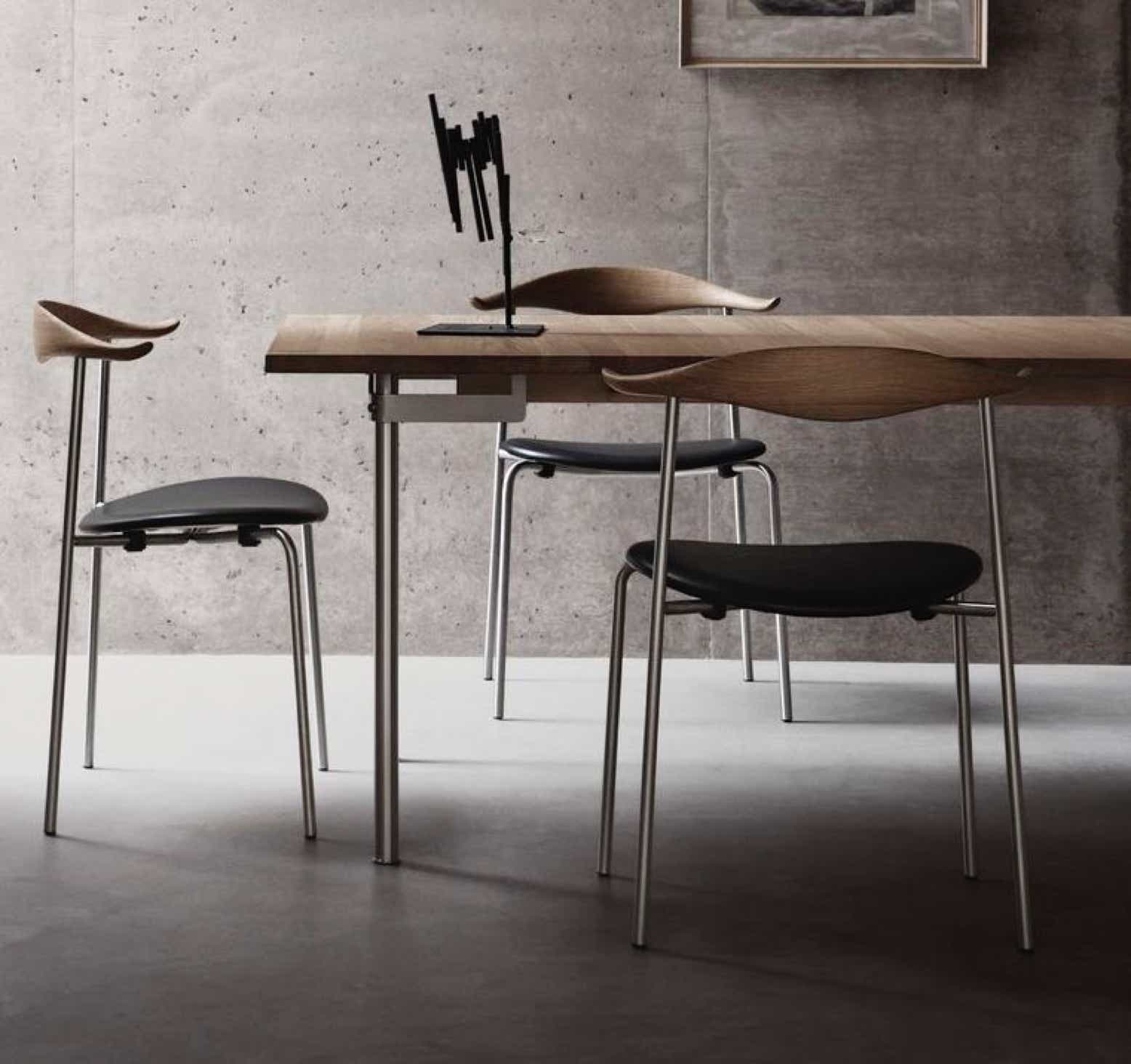
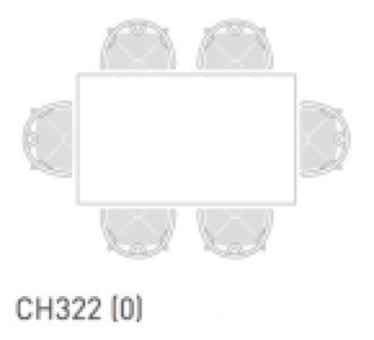
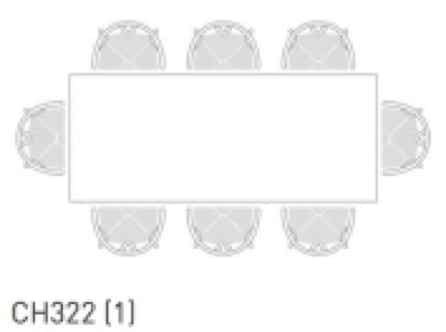
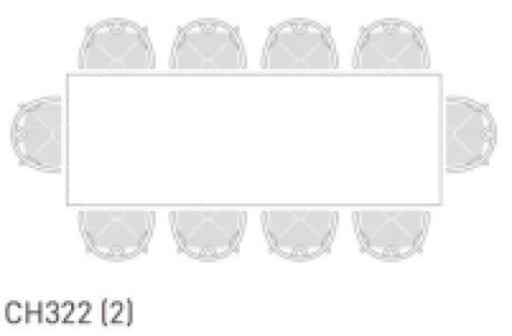
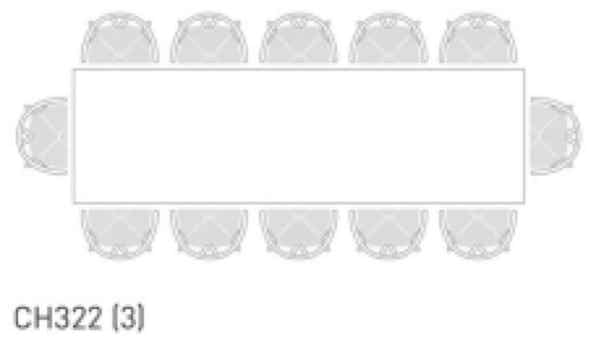
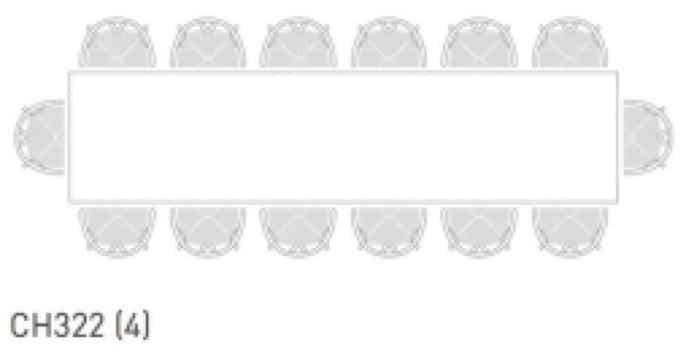
Hans J. Wegner

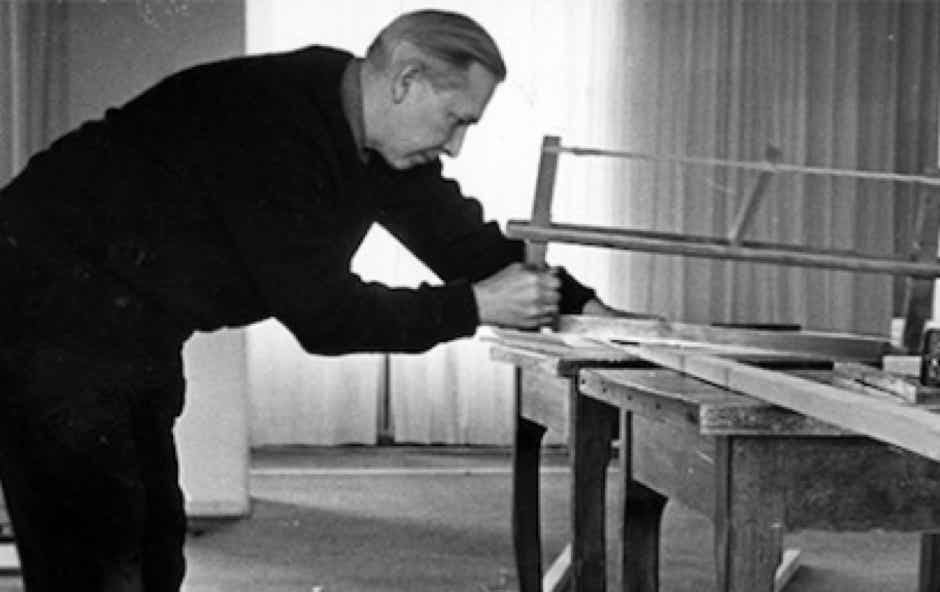
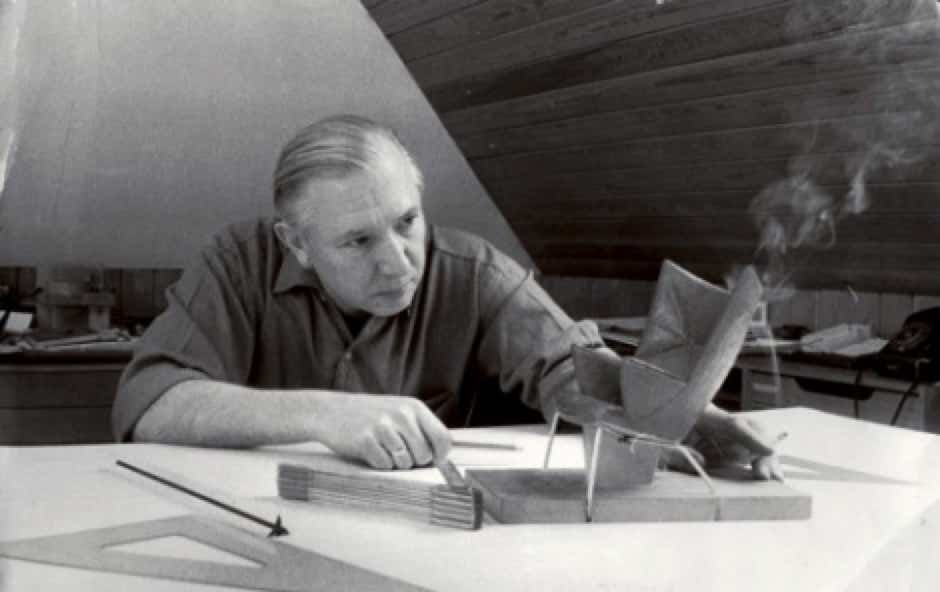
Hans J. Wegner was born in 1914 in Tønder, Denmark, the son of a shoemaker. At the age of 17, he finished his apprenticeship as a cabinetmaker with H. F. Stahlberg, in whose workshops Wegner’s first design experiments took form. He moved to Copenhagen as a 20 year-old, and attended the School of Arts and Crafts from 1936 – 1938 before he began working as an architect.
As a young architect, Wegner joined Arne Jacobsen and Erik Møller in Århus, working on furniture design for the new Århus city hall in 1940. It was during the same year that Wegner began collaborating with master cabinetmaker, Johannes Hansen, who was a driving force in bringing new furniture design to the Danish public.
The Copenhagen Museum of Art and Industry acquired its first Wegner chair in 1942.
Wegner started his own design office in 1943. It was in 1944 that he designed the first “Chinese chair” in a series of new chairs that were inspired by portraits of Danish merchants sitting in Ming chairs. One of these chairs, the “Wishbone Chair”, designed in 1949 and produced by Carl Hansen & Son in Odense since 1950, became the most successful of all Wegner chairs.
Among Danish furniture designers, Hans J. Wegner is considered one of the most creative and productive. He has received practically every major recognition given to designers, including the Lunning prize, the grand prix of the Milan Triennale, Sweden’s Prince Eugen medal and the Danish Eckersberg medal. Wegner is an honorary Royal designer for industry of the Royal Society of Arts in London. Almost all of the world’s major design museums – from The Museum of Modern Art in New York to Die Neue Sammlung in Munich – include his furniture in their collections.
Hans J. Wegner died in Denmark in January, 2007.
A few major characteristics about Hans J. Wegner:
- First a cabinetmaker, then a designer: he integrates exacting joinery techniques and exquisite forms.
- A deep respect for wood and its characteristics – and an abiding curiosity about other natural materials.
- Brings an organic, natural softness to formalistic minimalism.
- Generally regarded as ”the master of the chair”, with more than 400 chair designs to his name.